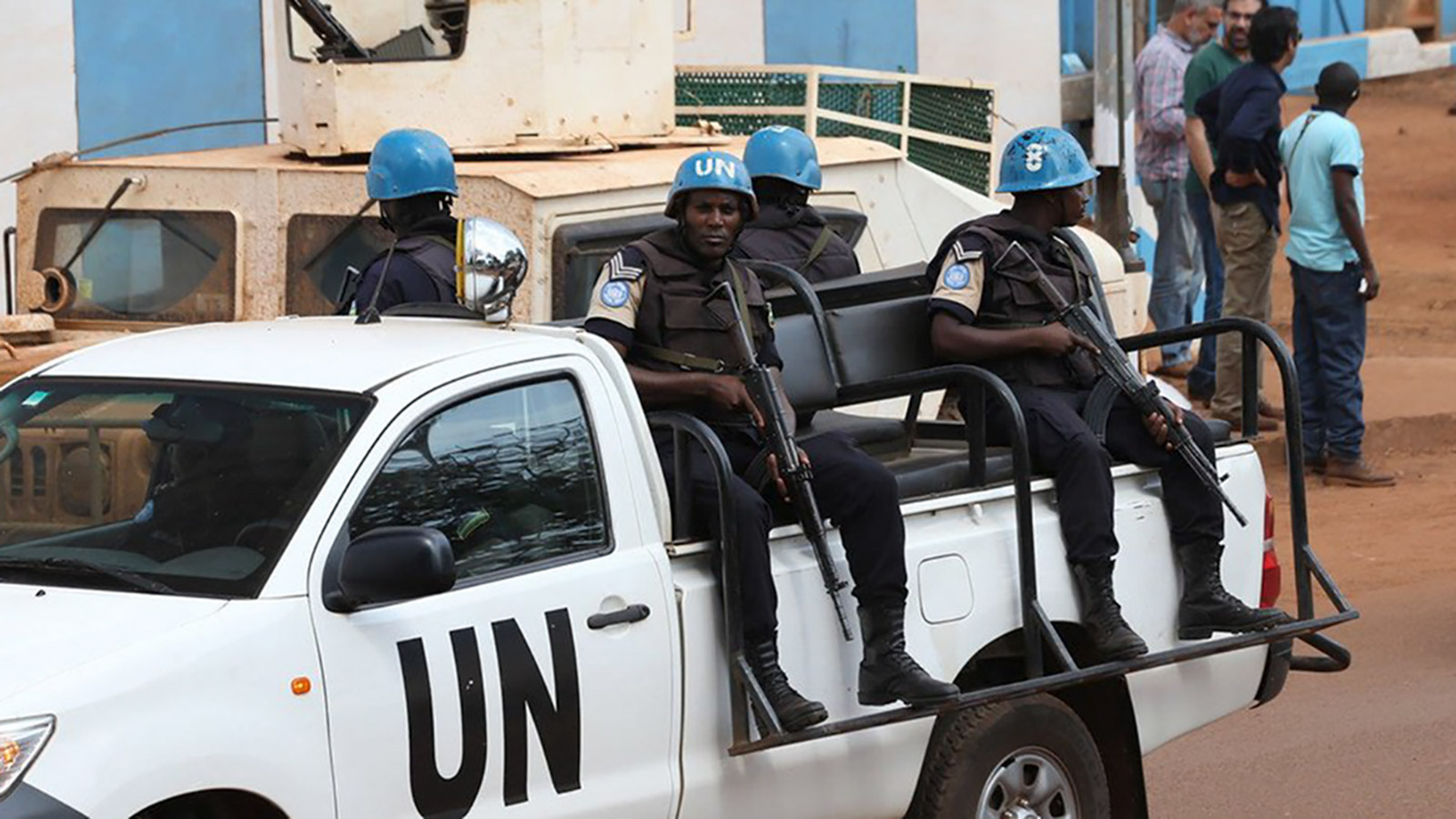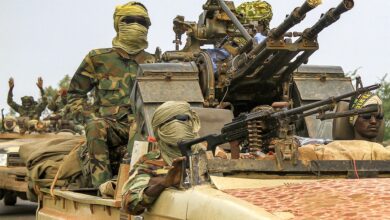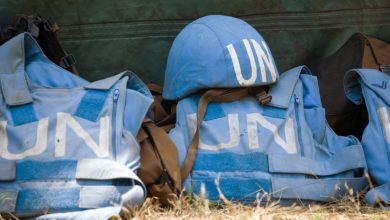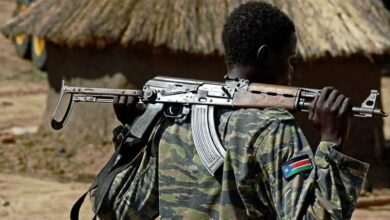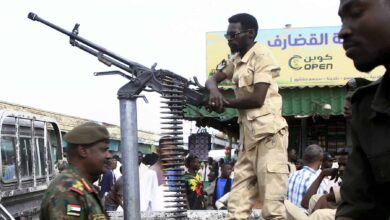Updated June 12
A Burundian soldier in the United Nations peacekeeping mission in the Central African Republic was killed in clashes in Bambari in the center of the country, U.N. sources said.
The fighting occurred on Sunday, June 10 according to U.N. sources in Bambari and in the capital Bangui, AFP reported. A CAR Armed Forces (FACa) soldier was also injured.
Sunday’s clashes involved the ex-Seleka armed group the Union for Peace in the Central African Republic (UPC), a gendarmerie official in Bambari said, adding that several militia members were killed during the three-hour gunfight.
In a statement issued later Monday, Minusca said there were two incidents on Sunday. During the afternoon, a patrol of Burundian peacekeepers was attacked between Bambari town center and the airfield by unknown armed elements. One peacekeeper was killed and another was seriously injured.
In an earlier incident, a FACa convoy accompanied by peacekeepers heading from Grimari to Bangassou was fired on by “alleged members of the Movement for Unity and Peace in the Central African Republic (UPC).”
Radio Ndeke Luka reported CAR’s defense minister Marie Noëlle Koyara as saying on Monday that two FACa soldiers and a Russian instructor were wounded.
According to Radio Ndeke Luka, troop transport vehicles were held at a roadblock controlled by Mauritanian peacekeepers. After several hours of negotiations between Russian instructors and peacekeepers, the vehicles were allowed to move on, but were attacked not far from the checkpoint.
Update June 12 According to an RFI report, the convoy consisted of 134 FACa soldiers and 16 Russian advisors. The convoy was stopped by Mauritanian peacekeepers in Bambari at around 2 pm and instructed to go to the Minusca base, but FACa refused.
The Blue Helmet’s death brings to five the number of peacekeepers killed in the country this year, and comes just a week after a Tanzanian peacekeeper was killed and seven others were wounded when they were ambushed by fighters from the Siriri militia in Dilapoko village in the southwest Mambere-Kadei prefecture. On May 17, a Mauritanian peacekeeper was killed and eight others injured in an attack on a U.N. convoy south of Alindao, not far from Bambari.
Fighting was continuing in Bambari on Monday morning between UPC elements and FACa along with their Russian advisors, RJDH reported.
The U.N. force, known by the acronym Minusca, has been in CAR since April 2014.
Bambari straddles several areas under the influence of various armed groups and enjoyed a relative calm since the intervention of Minusca in early 2017 to oust the UPC. The U.N. subsequently made Bambari a showcase for its intervention in CAR, arguing that the town was ‘without arms or armed groups.’
But on May 16, Minusca said it had retaken control of Bambari following two days of violence that left at least eight people dead. Armed men reportedly attacked the town hall, police station, gendarmerie, hospital, NGO bases and the local radio station. The U.N. said around 7,000 people had fled their homes, while the Central African Red Cross (CRCA) said that 32 people had died and 23 were injured.
According to some reports, fighters from UPC, an ex-Seleka militia group led by Ali Darras, were responsible for the violence in Bambari, but a UPC spokesperson denied that its fighters had entered the town.
On May 22, Senegal’s Lieutenant General Balla Keita, the Minusca Force Commander, said that peacekeepers in support of the government would use any means necessary to restore security to Bambari. Keita met civil and military authorities, humanitarian organizations, and leaders of armed groups including rival anti-Balaka militia and the UPC in Bambari on May 21.
General Keita said that additional Minusca personnel would be deployed to the town to ensure respect for the U.N.’s flagship “Bambari without armed groups” initiative, calling it a “showcase of the restoration of the authority of the state.”
Sporadic fighting has occurred since Keita’s statement, including clashes at a hospital on June 6, Radio Ndeke Luka reported.
The UPC is reportedly among other ex-Seleka militias that have been gathering in northern town of Kaga Bandoro since early April, threatening to move on the capital, Bangui. On May 13, two French Mirage 2000-D fighter jets conducted a show of force in Kaga Bandoro, supporting the U.N. plan to deter the militias from heading south.
According to a February report to the U.N. Security Council, Minusca has deployed 10,665 military personnel, 90 percent of the total authorized strength of 11,650, as well as 2,044 police and 1,390 civilians.
The U.N. is currently seeking 900 extra troops to bolster Minusca, which the Security Council authorized in November.
On April 23, President Faustin Archange Touadera said he wants to “accelerate” the disarmament of members of armed groups in Central African Republic, calling for more peacekeepers to be deployed, and for the U.N.’s Minusca mission to transition from peacekeeping to peace enforcement.
Touadera’s weak government controls around a fifth of the Central African Republic and relies heavily on Minusca for support. The rest is controlled by at least 14 different militia groups – the mainly Christian anti-Balaka in the southwest and mainly Muslim ex-Seleka in the northeast – who often fight each other for control of revenue from extortion, roadblocks or mineral resources.
Decades after the end of empire, Portugal’s military returns to Africa in a new role
With reporting from AFP. This story is developing and was updated on June 11 with the Minusca statement, additional information on the incidents and additional background. It was updated on June 12 with additional information from RFI.

